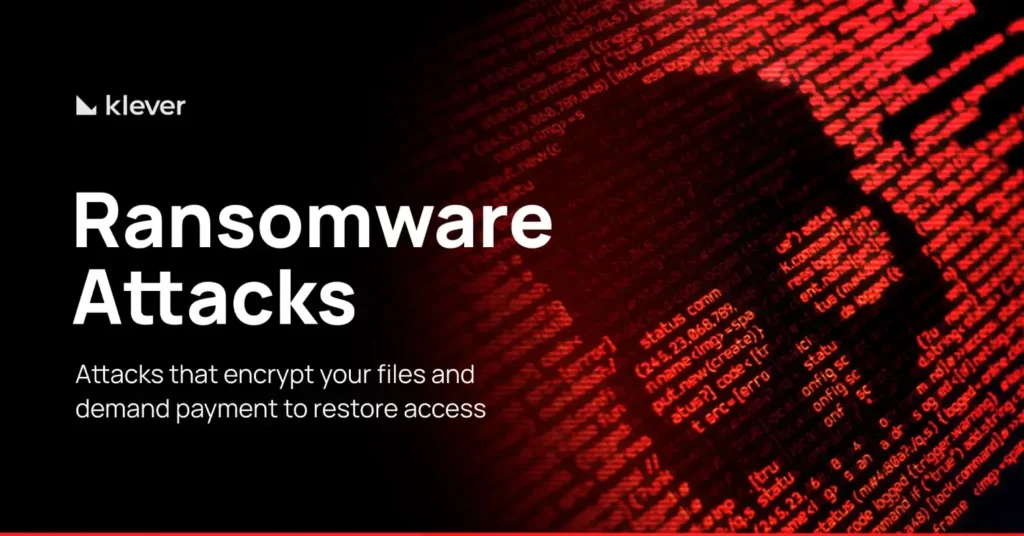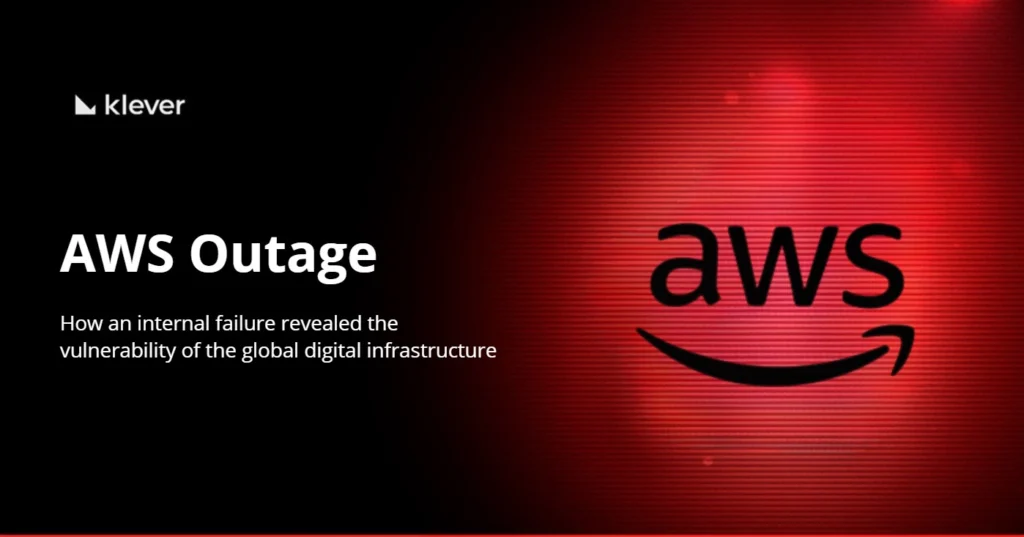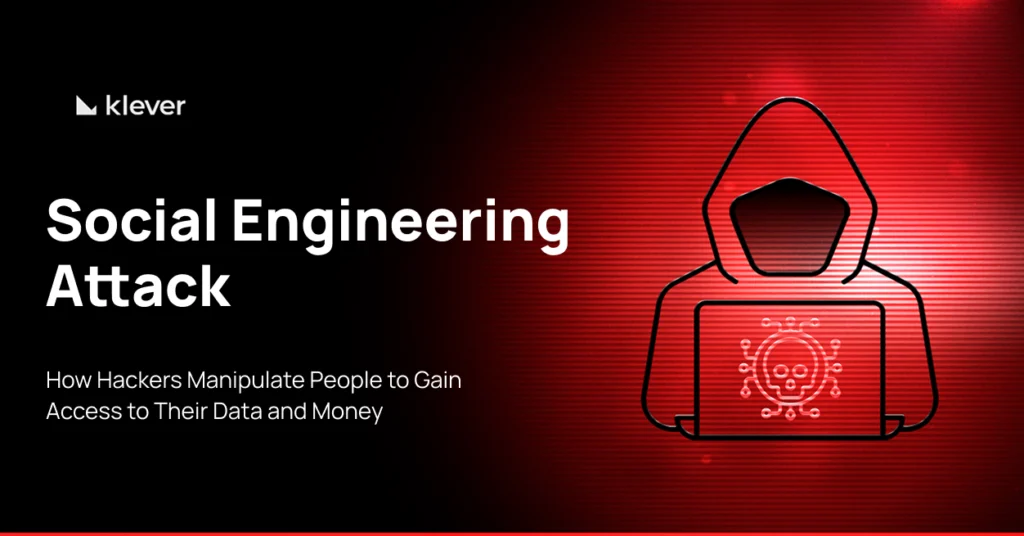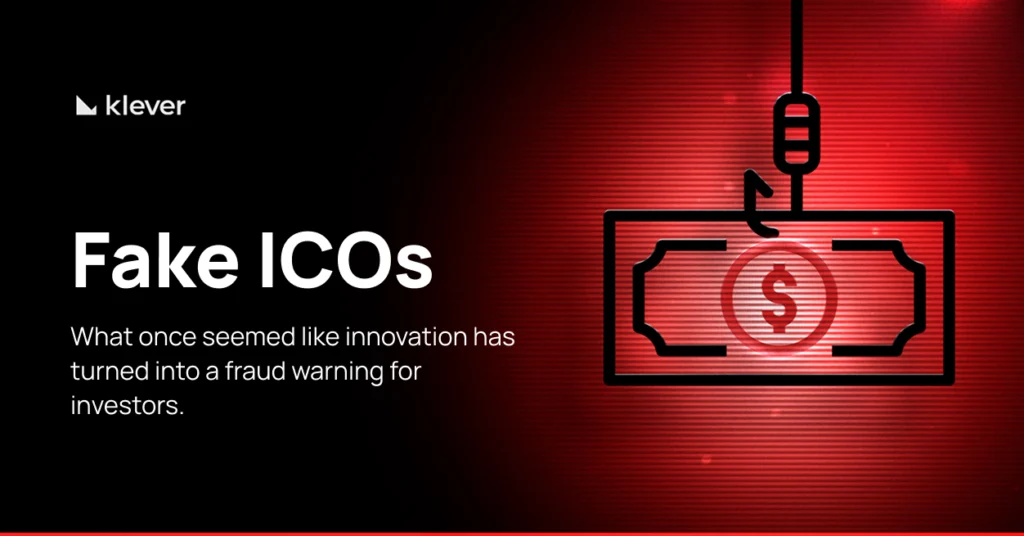
In recent years, ransomware attacks have become one of the most feared forms of cybercrime. What once started as isolated incidents targeting individuals has evolved into a global crisis, capable of shutting down hospitals, halting supply chains, and leaking confidential corporate secrets.
Unlike other types of malware, ransomware doesn’t just steal—it locks victims out of their own systems and demands payment for access, often in cryptocurrency.
From multibillion-dollar payouts to sophisticated extortion tactics, ransomware has proven to be both a profitable business for cybercriminals and a devastating threat to organizations of all sizes. Governments, critical infrastructure, and major corporations have all been caught in its crosshairs, proving that no sector is immune.
This guide will break down what ransomware is, how it works, real-world cases from 2025, emerging trends, and the best prevention strategies so you can understand the threat—and most importantly, learn how to stay protected.
What is Ransomware Attack?
A ransomware attack is a type of cybercrime where malicious software encrypts files or locks entire systems and demands payment, usually in cryptocurrency, for their release.
Victims lose access to critical data, and attackers may also steal sensitive information, threatening to leak it if the ransom is not paid.
This growing cyber threat has targeted individuals, businesses, and even government institutions worldwide.
How Ransomware Works (Attack Lifecycle)
Understanding the stages of a ransomware attack helps identify risks early and build stronger defenses. Most attacks follow this cycle:
1. Entry Point – The Initial Breach
Cybercriminals gain access to a network using phishing emails, malicious attachments, infected links, or exploiting software vulnerabilities.
In some cases, they target third-party vendors or unsecured remote desktop connections (RDPs) to bypass security systems. This is often the weakest link in an organization’s security.
2. Execution – Deploying the Ransomware
Once inside, the malware is executed. The ransomware encrypts files, locks systems, and disables backups, making data completely inaccessible. Victims usually see a ransom note demanding payment (commonly in Bitcoin or other cryptocurrencies) with a deadline for compliance.
3. Double (or Triple) Extortion – Increasing the Pressure
Modern ransomware gangs use double extortion tactics:
- Encryption – Files are locked.
- Data theft – Sensitive information is exfiltrated.
Attackers then threaten to publish or sell stolen data on the dark web if the ransom isn’t paid. Some advanced groups go further with triple extortion, pressuring victims by launching DDoS attacks or directly contacting customers, partners, or regulators to maximize damage.
4. Payment Pressure – The Victim’s Dilemma
Victims are presented with limited options:
- Pay the ransom in hopes of receiving a decryption key (with no guarantee).
- Refuse payment and risk permanent data loss, regulatory penalties, and public exposure of sensitive information.
Law enforcement agencies, including the FBI and Europol, strongly advise against paying ransoms, since it funds cybercrime and doesn’t guarantee recovery.
Real-World Ransomware Cases in 2025
Ransomware attacks in 2025 have shown how versatile and destructive these operations can be. Below are three major incidents that highlight the scale, methods, and consequences of these cybercrimes.
Inotiv (Pharmaceutical Sector, August 2025)
In August 2025, the U.S.-based pharmaceutical research company Inotiv was targeted by the ransomware group Qilin. The attackers managed to encrypt core systems and exfiltrate approximately 176 GB of data — including contracts, internal documents, and client information.
- Impact: Inotiv was forced to shift part of its operations to offline modes, delaying research projects and affecting pharmaceutical clients on a global scale.
- Relevance: The attack highlights a troubling trend: the growing interest of ransomware groups in the healthcare and biotechnology sectors. In these industries, system downtime not only causes multimillion-dollar financial losses but can also jeopardize critical research and indirectly impact patients’ lives.
Nissan’s Creative Box (Automotive Industry, 2025)
Shortly after the Inotiv breach, the Qilin group struck again—this time at Nissan’s Creative Box, a Tokyo-based design studio responsible for concept car development. The attackers exfiltrated around 4 TB of confidential design files, including prototype blueprints and innovation roadmaps.
- Impact: Nissan faced a potential intellectual property leak, risking competitive disadvantage and regulatory scrutiny if sensitive designs were published on the dark web.
- Relevance: This case shows that ransomware groups are not only after money but also corporate espionage opportunities, targeting industries with valuable trade secrets.
Zeppelin Group Takedown (U.S. DOJ, 2025)
In a major victory against cybercrime, the U.S. Department of Justice (DOJ) seized $2.8 million in cryptocurrency, luxury assets, and cash linked to the Zeppelin ransomware gang. Zeppelin had operated a Ransomware-as-a-Service (RaaS) model, renting its malware to affiliates who carried out attacks.
- Impact: The takedown disrupted Zeppelin’s operations and sent a warning to other RaaS groups that law enforcement is actively tracking crypto transactions.
- Relevance: This case underlines the importance of international cooperation in fighting ransomware and demonstrates that cybercriminals are not beyond reach.
Key Trends in Ransomware Attacks
The ransomware landscape is evolving rapidly, with attackers adopting new strategies and targeting high-value industries. Here are the most important trends shaping 2025:
Record Payouts – Ransomware Becoming a Billion-Dollar Industry
In 2023 alone, ransomware gangs collected over $1.1 billion in ransom payments, according to blockchain analysis firms. This marked nearly double the amount from 2022, showing how profitable these attacks have become.
Why it matters: Cybercriminals now see ransomware as one of the most lucrative cybercrimes, often demanding multimillion-dollar payments from corporations, hospitals, and government agencies.
Rising Frequency – Doubling of Major Cyberattacks
The United Kingdom reported that the number of nationally significant cyberattacks doubled within a year, many of them involving ransomware. High-profile retailers such as Marks & Spencer and Harrods were among the victims.
Why it matters: The trend confirms ransomware is shifting from isolated cases to a mainstream cyber threat that affects critical infrastructure, retail, and public services. Some governments are even considering banning ransom payments in certain sectors to reduce incentives for attackers.
New Groups Emerging – “Ghost” and Beyond
The FBI recently warned about Ghost, a ransomware group that exploits software vulnerabilities instead of relying on traditional phishing scams. This makes them harder to detect and prevent. Ghost has already disrupted healthcare providers, universities, and government systems.
Why it matters: The emergence of Ghost shows ransomware gangs are becoming more sophisticated, moving away from email scams and toward direct exploitation of software flaws. This evolution raises the stakes for sectors like healthcare and education, where downtime has immediate consequences.
How to Prevent Ransomware Attacks
1. Maintain Secure Backups
Use offline or air-gapped backups so critical data can be restored without paying attackers. Regular testing of backups ensures they work when needed.
2. Update and Patch Systems
Apply security patches quickly, since most ransomware campaigns exploit outdated operating systems, unpatched applications, or weak vendor systems.
3. Enable Multifactor Authentication (MFA)
MFA adds an extra layer of security, protecting accounts even if passwords are stolen. This reduces the risk of unauthorized access.
4. Monitor Threat Intelligence
Stay informed about emerging ransomware groups like Qilin and Ghost, and follow trusted resources such as CISA’s StopRansomware portal for guidance and alerts.
What to Do If You Become a Victim of a Ransomware Attack
Ransomware attacks can cripple businesses and individuals within hours. If you become a victim, acting quickly and strategically can minimize the damage. Here’s a step-by-step guide.
1. Isolate and Contain the Ransomware
The first step is to disconnect infected devices from all networks—wired, wireless, and mobile. This prevents the ransomware from spreading to other systems or shared drives. Avoid restarting or powering off the devices, as this could erase valuable forensic evidence.
2. Preserve Evidence for Investigation
Cybersecurity experts recommend keeping infected systems powered on but isolated. This preserves memory data and system logs, which are critical for identifying the ransomware strain and tracing the source of the breach.
3. Activate Your Incident Response Plan
If you’re part of an organization, immediately alert your IT and security teams. Assign a response coordinator to manage communication between technical staff, executives, legal advisors, and public relations teams. A clear chain of command helps avoid confusion.
4. Engage Cybersecurity Professionals
Contact a cybersecurity incident response firm or specialized forensic investigators. They can:
- Identify the ransomware variant.
- Search for available decryption tools.
- Provide guidance on containment and recovery.
5. Restore Systems From Clean Backups
If you have offline or cloud backups, verify that they are unaffected before restoring. Only rebuild systems once the ransomware has been completely removed to avoid reinfection.
6. Report the Ransomware Attack to Authorities
Reporting helps law enforcement track ransomware groups and may give victims access to free tools or recovery resources. Key channels include:
- FBI Internet Crime Complaint Center (IC3) in the U.S.
- CISA’s StopRansomware portal for technical support.
- National Cybersecurity Centers (for organizations outside the U.S.).
7. Strengthen Security and Prevent Future Attacks
After recovery, it’s vital to reinforce defenses:
- Patch all vulnerabilities and update software.
- Reset user credentials and enforce multifactor authentication (MFA).
- Segment networks to limit the spread of future attacks.
- Conduct employee training on phishing and social engineering tactics.
Important: Paying the ransom rarely guarantees recovery and often funds further criminal activity. Instead, focus on isolation, investigation, recovery, and prevention. The faster you act, the greater your chances of minimizing damage and rebuilding securely.
How to Stay Safe from Ransomware Attacks
Ransomware remains one of the most disruptive forms of cybercrime, but you can significantly reduce your exposure with a few smart practices—keeping software updated, using offline or cloud backups, and training yourself and your team to recognize phishing attempts.
Always remember: cybersecurity is a continuous effort, not a one-time setup. Regularly review your defenses, stay updated on new attack strategies, and never ignore security warnings.
Now it’s your turn—check your devices, update your backups, and review your security policies today.
Be safe, be Klever.




